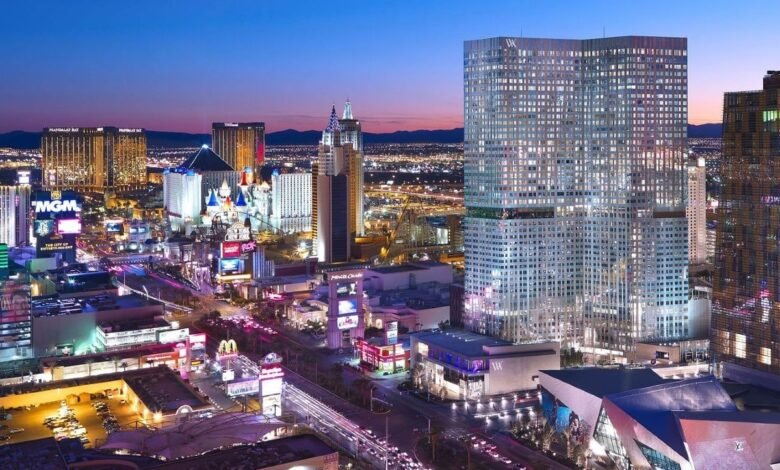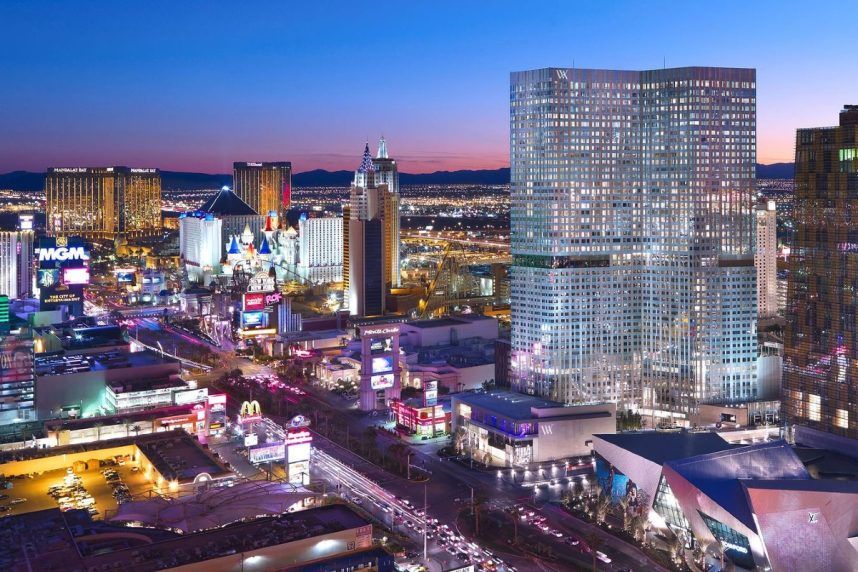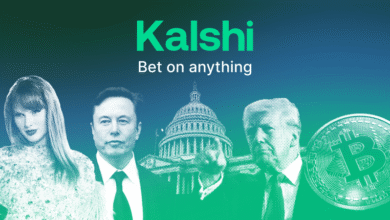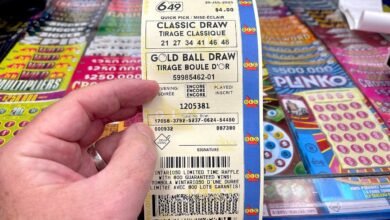
Posted on: August 29, 2024, 04:21h.
Last updated on: August 29, 2024, 04:21h.
It was just one month, but Nevada’s gross gaming revenue (GGR) report for July was bad. That could signal consumers are pulling back on gaming-related spending.

In the seventh month of the year, Nevada casinos and gaming bars won $1.3 billion, a 7% year-over-year drop. GGR on the Las Vegas Strip — the casino hub of the US — tumbled 15%, representing the first month-over-month decline in four months. That’s prompting some analysts to take a more cautious of domestic leisure travel demand.
In a new report to clients, Macquarie analyst Chad Beynon acknowledged that July 2024 was a tough comparison for Strip operators relative to year-earlier period because there were two fewer weekend days in the month this year. He added that revenue per available room (RevPAR) — one of the key non-gaming metrics for casino operators — dipped 4% last month.
Although we remain positive on the non-gaming outlook in Vegas given strong group travel and events calendar, we are becoming more cautious on slowing leisure travel demand, which could lead to a more competitive promotional environment and hurt Vegas margins,” observed the analyst.
He maintained “outperform” ratings on MGM Resorts International (NYSE: MGM) and Caesars Entertainment (NASDAQ: CZR), the two largest Strip operators, while keeping $52 price targets on both gaming stocks.
Lower-End Strip Casinos Could Be Hurt Be Consumer Pullback
Beynon added that the aforementioned 4% RevPAR drop experienced in July was largely attributable to “lower-end” Strip properties.
That’s a double-edged sword because while it implies there’s still resilience and vibrancy among more affluent visitors to the Strip, there are many consumers that are in the middle economically speaking. When they visit Las Vegas, they typically stay at mid-tier integrated resorts — plenty of which are operated by the likes of Caesars and MGM.
Both companies have their share of high-end Strip properties, but as the operators of venues such as Excalibur and Luxor (MGM) and Flamingo and Harrah’s (Caesars), each could be hampered if middle class consumers dial back gaming-related spending and travel.
“We still expect table and slot volumes to rebound back to trend in August. For 2024E, we now expect Strip GGR to come in around -2% with a tougher 2H comp,” added Beynon.
California Could Be Problematic
Over the past several years, the US economy has grappled with the highest inflation rates in four decades and, as a result, the highest interest rates in over 20 years. Still, consumers have remain dedicated to casinos, particularly in Las Vegas, and inflation is cooling, stoking hope the gaming industry will remain resilient.
Still, there have been signs that all is not well in the land-based gaming industry. For example, some operators have reported softness in some regional markets this year, most of it attributable to lower-rated players reining in spending.
Specific to Nevada, the state’s casinos could be pinched by other macroeconomic headwinds, including its tie with California for the highest unemployment rate in the country. That could weigh on Las Vegas locals gaming venues and taverns while California’s elevated jobless rate and the highest gas prices in the country could compel some consumers there to reduce visitation to Las Vegas and Reno. California accounts for about 20% of visitation to Las Vegas gaming properties.
Source link




